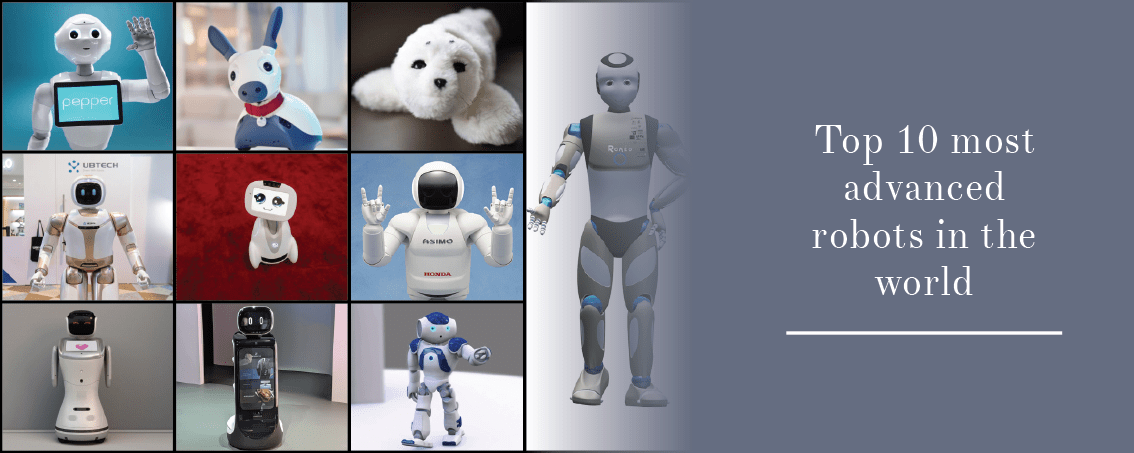Robotic process automation (RPA) is already a hot topic in IT and business circles and is the fastest-growing enterprise software category last year. RPA market is evolving at a tremendous pace as more enterprises come to understand both the power of process automation overall and the number of legacy processes for which RPA is an effective answer. AI is undoubtedly on everyone’s radar, but more specifically, robotic process automation (RPA) the subset of AI that enables IT, groups, to configure software “robots” to capture data and perform routine tasks is gaining traction as an attractive place to begin with results-focused AI implementations.
RPA will continue to be a tool for streamline business operations and make better use of raw data. RPA software is projected to reach $1 billion by 2020 with a compound annual growth rate of 41 percent. Companies like UiPath and Blue Prism are leading the charge with scalable RPA solutions that companies can leverage across their organizations. More RPA software will be deployed in all industries where manual repetitive actions are being performed by human resources. While RPA interest has been high for a while, actual adoption is now catching up. That’s reflected in forecasted spending on RPA software, which is to become a billion-dollar category in 2020.
The key benefit of RPA is that it plays well with other existing technologies. RPA has the potential to adapt quickly to changing circumstances and learn accordingly, hence it enhances processes rather than replacing them. Since it’s not always feasible to redesign workflows from the ground up, automating inefficient processes with RPA can greatly improve productivity. RPA won’t replace back-office applications like financial processing, procurement, and IT automation, but rather enhance them by lightening the load for the people that manage those critical ops. Almost 53 percent of finance professionals in a Deloitte study says they are planning RPA-driven digital controllership improvements in the year ahead, including accounting process automation and financial analysis. Accounting processes don’t have to change, but they can be performed faster by RPA bots that are designed to adapt to rapidly changing circumstances and automatically manage the right response.
Organizations across the globe are realizing the benefits of incorporating artificial intelligence (AI) and machine learning (ML) within the RPA framework to result in intelligent automation. The phrase “intelligent automation” isn’t new. Definitions vary, but it usually refers to the pairing of process automation with more cognitive AI disciplines like machine learning. Understanding the range of automation mechanisms, how they relate to one another and how they can be combined and coordinated is a major focus for hyper-automation. This allows software robots to mimic human behavior and handle complex use cases, which was earlier not possible without human intervention. Expect intelligent automation as well as variations like ‘cognitive automation’ to be popular anew in the year ahead.
RPA taking away jobs is the most debated topic in the industry. It is anticipated that RPA will affect employment and half of the jobs will be replaced by automation. Job losses would be inevitable as AI did things faster, smarter and with fewer HR headaches. Only a handful of RPA projects led to reductions in headcount, and in most cases, the tasks had already been shifted to outside workers. RPA bots that are designed to adapt to changing circumstances and automatically manage the right response rapidly. As a result, more jobs will be created by enhancing the nature of jobs and there will be a need for RPA and process experts to augment user interfaces and solve business problems.
Intelligent automation is poised to take a significant leap in 2020 and deliver tangible results to organizations that make automation a key component of their digital transformation.

















